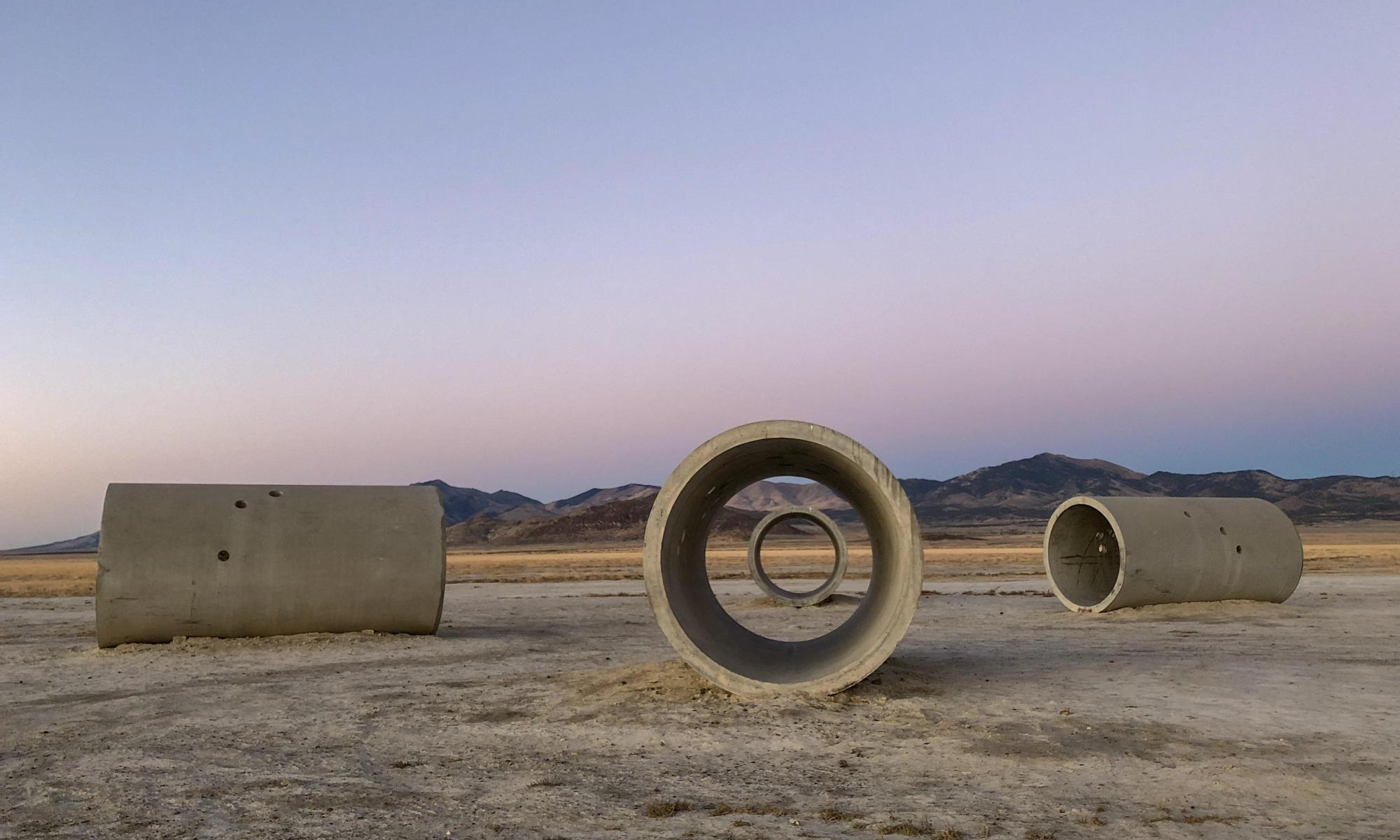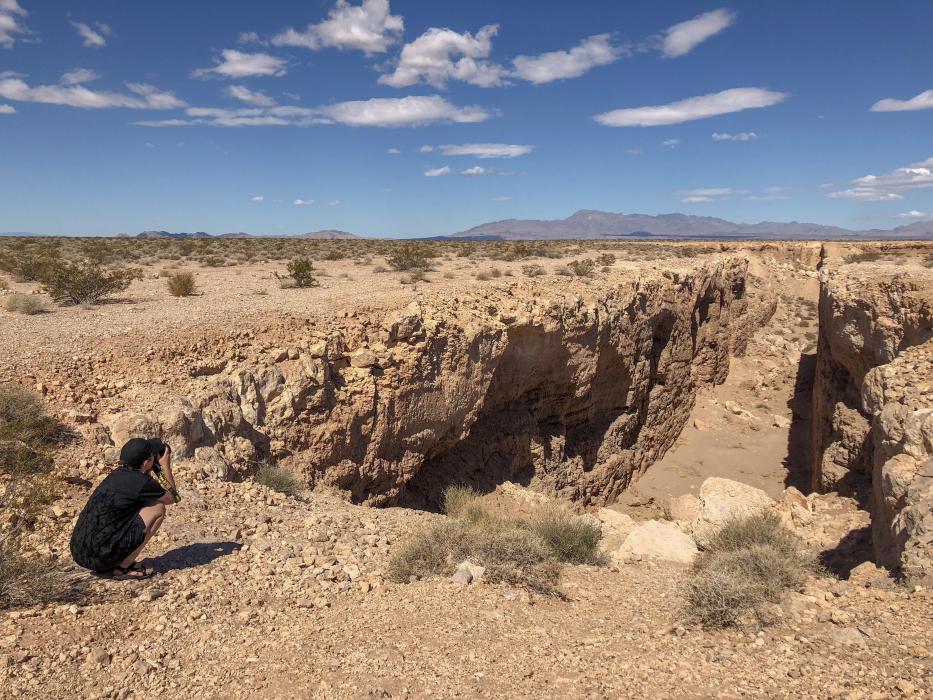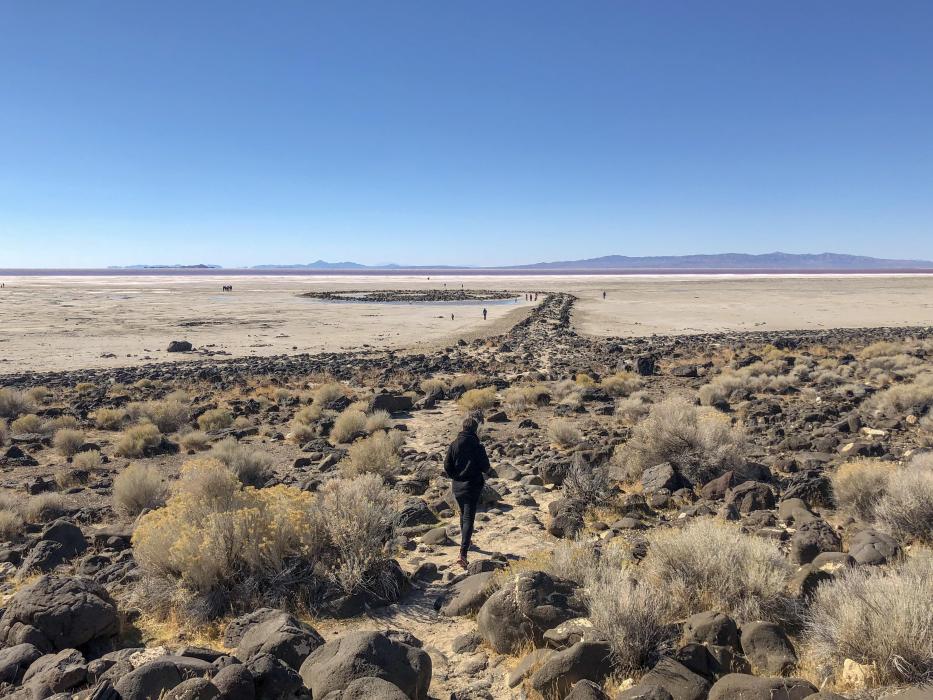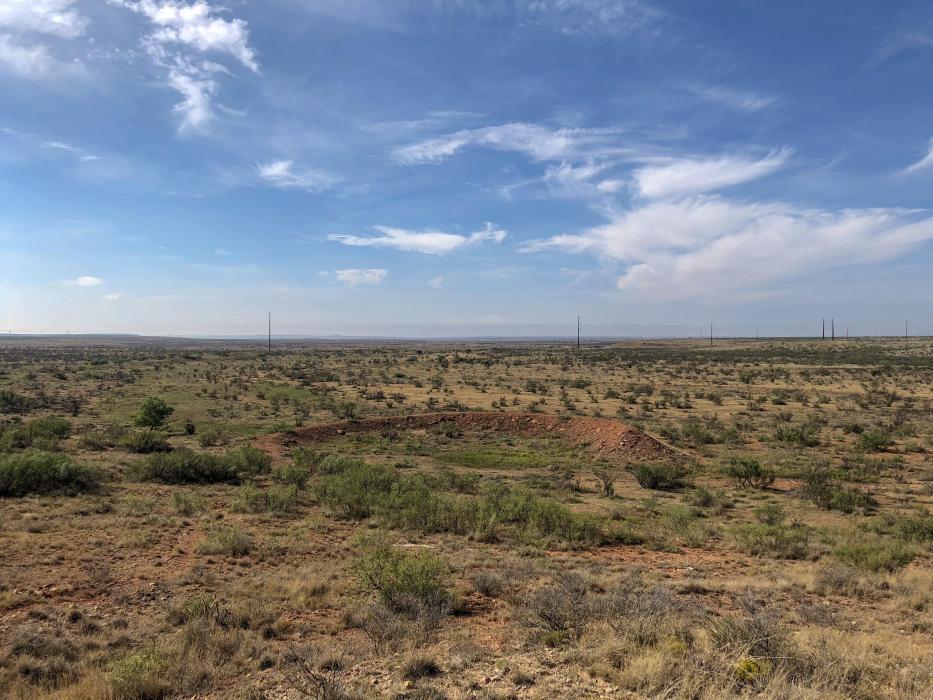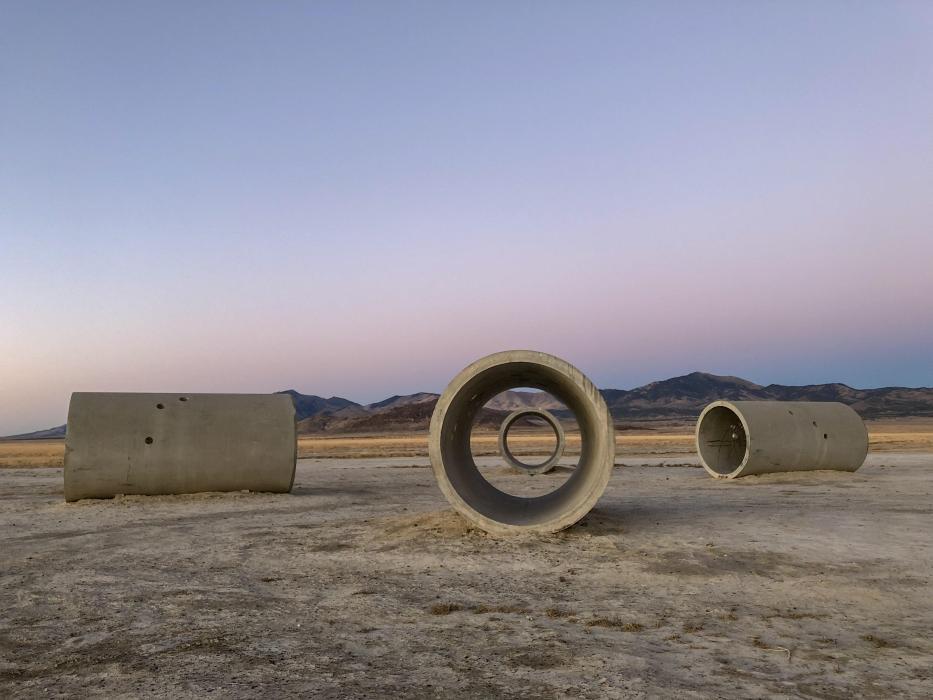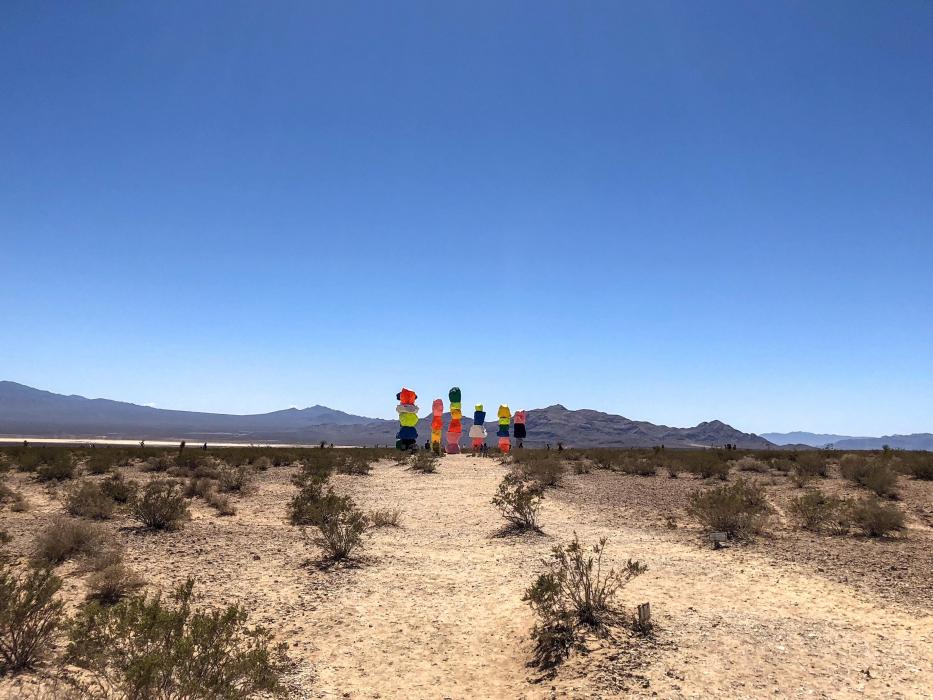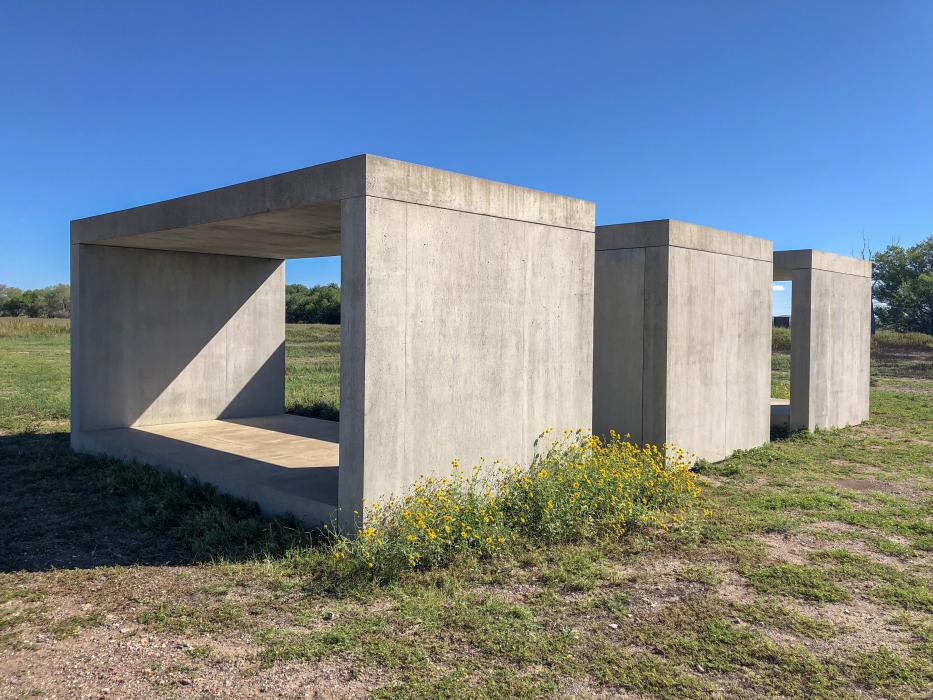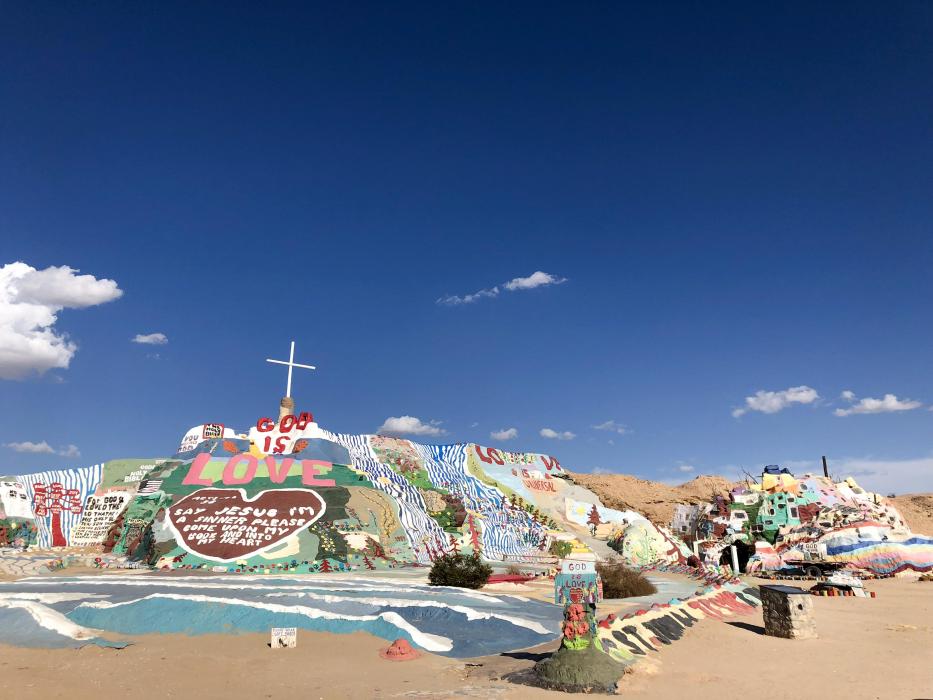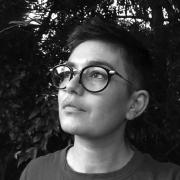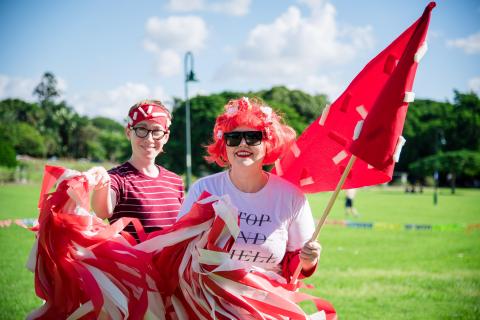LAND + ART
In September 2018, my partner and I snaked across the United States of America’s Southwest, through California, Arizona, Texas, New Mexico, Utah and Nevada in search of a selection of Land Art sites and National Parks. Visiting the Land Art I had learned about at art school had long been a dream of mine. As an artist who explores queer feminist subjectivities, I've been increasingly focusing on the landscape as a metaphor for the often-unutterable experience of being human. I felt I needed to visit these works so that I could begin to unpack, reflect on and revise the complicated theoretical relationship I had with them in the lineage of the (predominantly white and male) modernist canon.
The iconic Land Art pieces I am speaking of include Michael Heizer’s Double Negative (1970), Robert Smithson’s Spiral Jetty (1970) and Amarillo Ramp (1974), Nancy Holt’s Sun Tunnels (1973-76), Donald Judd’s 15 untitled works in concrete (1980-84), Ugo Rondinone’s Seven Magic Mountains (2016) and Leonard Knight’s Salvation Mountain (1988-2011). It was difficult to grasp these works in their entirety, having seen them only in books. While interested in the potential for longevity outside of capitalism and the art institution [1], I was unclear about the artists’ relationship to the land and the impact on the environment that the permanent nature of the work might have had. During this trip, I found that work made directly in the landscape to negate the commercialisation of art seemed to be simultaneously stepping outside of the institution and becoming and institution in its own right, with the works’ permanence as yet another power-play in the system of art.
While I had come to the USA to visit Land Art pieces with a few natural sights in-between, the ‘Art’ fast became the secondary point of focus. We drove through landscapes at times so completely foreign they looked like movie sets of scenes from outer space. We pulled the car over many times along the way to stand on the edge of the road to soak in the surrounds. En route to the Grand Canyon (a stop on our itinerary that seemed more obligation than expectation) we were following the cars in front of us when we saw them each pulling off the road to the right. We too turned right, parked the car and followed others walking down the gravel path. And then there it was, the vast, green expanse of Colorado Canyon opening beneath us. I’m not generally afraid of heights, yet my immediate reaction was to step back and sit down. I felt the enormity of the world and the smallness of my being. We sat there for a long time, looking down into the world below us, marvelling at the textures and imagining what an untouched world might be like.
The further we drove, the more I learned about the landscape we were moving through, and the more I learned about the history of the USA, the more I could relate and reflect upon the history of Australia and the various impacts of colonisation. Encountering Land Art through the context of their sites solidified the nagging thoughts I had about their potential negative impacts. I did appreciate the boundaries these works pushed and reinvented during the 1970s and 1980s. I felt my body in reference to them, them in reference to the landscape, and the landscape in reference to the world. However, their permanence felt heavy. The more time I spent reflecting on the landscape’s violent history, the more violent the artworks began to feel. While they belonged aesthetically, seamlessly blending into their surrounds, I couldn’t help but question who wants to (and gets to) make work like this—immortalising themselves and altering the world to suit themselves for a tremendous financial cost.
Heizer’s Double Negative is one such work that sits uncomfortably with me. Located on top of Mormon Mesa, Nevada, the barely visible work consists of two 30 feet wide x 50 feet deep trenches cut into either side of a canyon. When you look through one, you can see the other. Its minimal presentation and reliance on the landscape site as opposed to the gallery seemed to embody what the artists involved in the Land Art movement were trying to achieve. Its situation allows Double Negative to be invisible despite its enormity. The simple yet complex form and the purity of the gesture drew me in, and while on top of that mesa—finding, crouching, looking—I felt at one with the work. Yet the production of the gashes involved the literal destruction of the land. The work was formed by removing two substantial sections of the mesa which could be read as a violent, patriarchal and colonial act.
The more Land Art sites we visited, the more I came to understand my discomfort as primarily related to the permanent alteration of the sites. It seemed that the works that operated as site-responsive rather than site-specific (Holt’s Sun Tunnels, Judd’s 15 untitled works in concrete and Rondinone’s Seven Magic Mountains Knight’s Salvation Mountain) existed in a way that felt less authoritarian and therefore less harmful. These long-standing fixtures could be removed at any time. By adding external elements rather than directly altering their site these works seemed considerate of their surrounds. [2] Holt’s Sun Tunnels in Wendover, Utah were undoubtedly the highlight of the trip. Nearing the end of the day, the sky was turning a vibrant shade of pink as we approached the four large, hollow, concrete cylinders positioned in one of the most striking landscapes we had seen. [3] We moved around—and through—the tunnels, viewing the landscape from every possible angle as the sky changed from pink to orange to yellow. When the sun was well and truly set, we moved the car closer to the tunnels, heated our canned soup and closed the van to escape the cold that was setting in. In the morning, my alarm woke me to the pitch-black surrounds and I rose to await the rise of the sun. As light peeked over the horizon, I began to once again explore the tunnels in the morning light until I could no longer feel my fingers.
While a relatively short period on the road, this trip was big and long and sometimes hard, but always incredible. I am grateful that these works exist. They operate in a way that draws viewers out of the museum, out of the city and back to the land. I have come away with a greater understanding of how loaded the landscape can be, and with the knowledge that Land Art can exist without the latter doing harm to the former. I'm looking forward to integrating this into new work that explores the potential for the landscape to be utilised as a metaphor for being (human).
[1] Or so I had previously thought.
[2] Although Judd’s impact on the town of Marfa negated this in some way—but that’s for another discussion.
[3] I had seen Holt’s exhibition at Dia:Chelsea the month prior, which proved to be an excellent precursor given its focus on her works Holes of Light (1973) and Mirrors of Light (1974). While in the gallery, these viewing devices were engaging, in the landscape they were magic.
This project has been assisted by the Australian Government through the Australia Council, its arts funding and advisory body.

